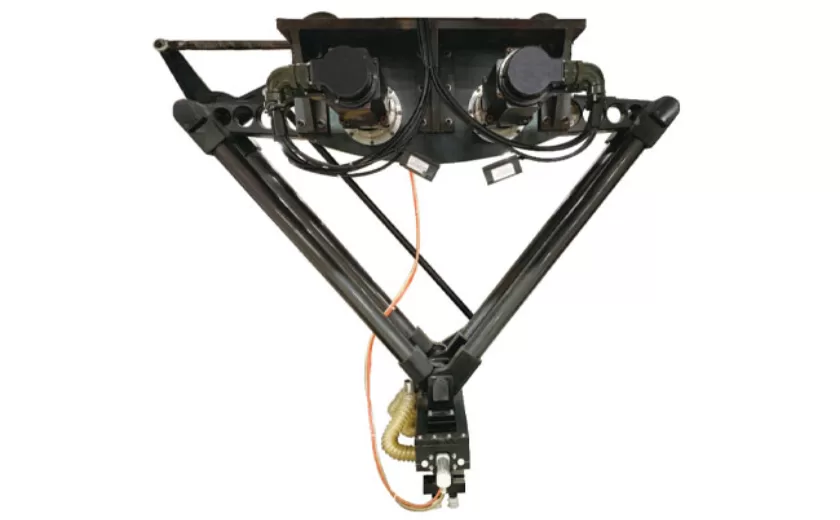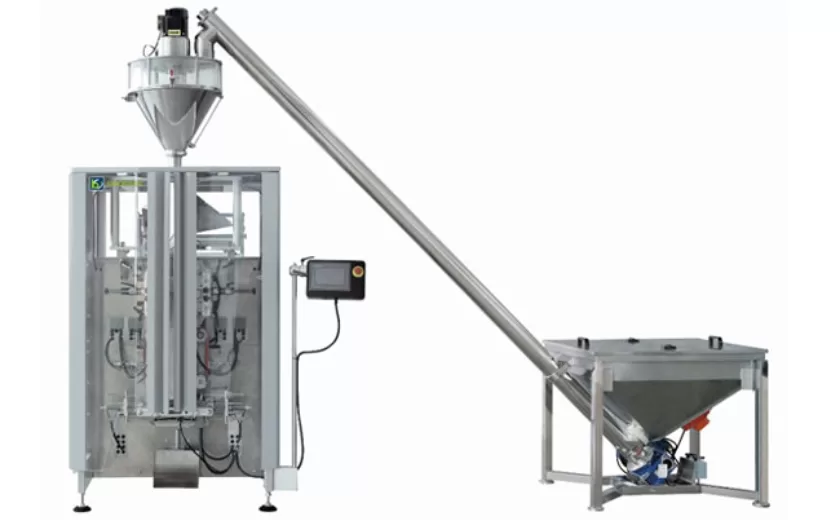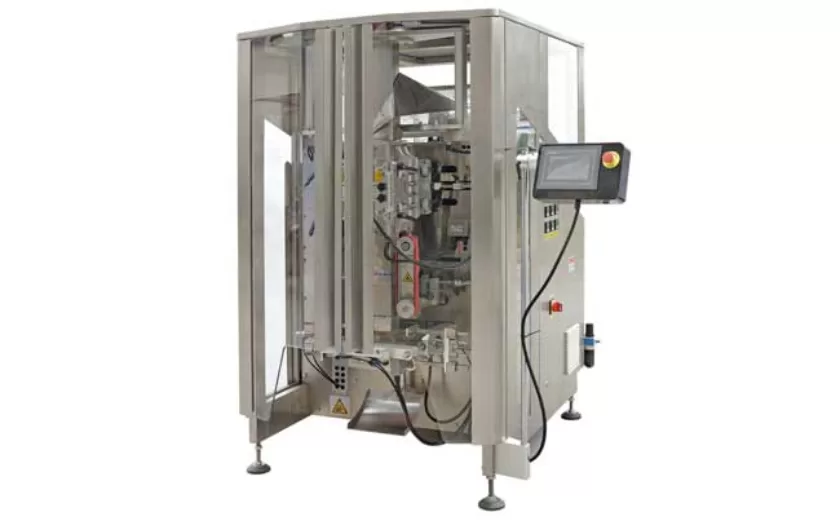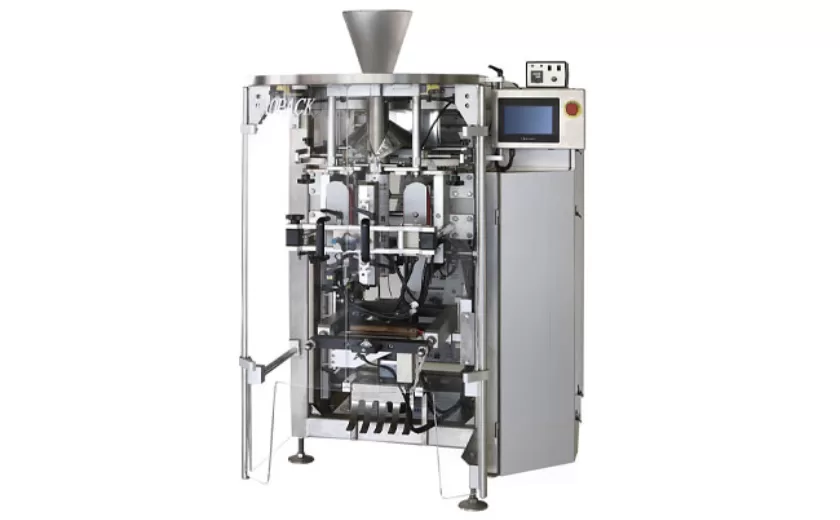How to Integrate a Weighing Filling Packing Machine into Your Production Line
Integrating a weighing filling packing machine into your production line can significantly enhance efficiency, accuracy, and productivity. Here’s a comprehensive guide to ensure a seamless integration process:
Pre-Integration Planning
1. Define Production Requirements: Determine the required production capacity, accuracy levels, and package specifications. This information will inform machine selection and line configuration.
2. Workspace Assessment: Evaluate the available floor space, utility connections (electricity, air, water), and personnel access for optimal placement and operation.
Machine Selection and Integration
1. Machine Selection: Research and select a machine that meets your production requirements, considers packaging materials, and fits within your budget.
2. Line Configuration: Determine the optimal layout and flow of the machine within your existing production line, considering material handling, packaging, and quality control processes.
Installation and Commissioning
1. Installation: Prepare the workspace for the machine, including leveling, grounding, and utility connections. Follow the manufacturer’s instructions meticulously.
2. Commissioning: Conduct thorough testing and calibration to ensure the machine functions as intended. Train operators on proper operation and maintenance procedures.
Operational Optimization
1. Material Handling: Establish efficient material flow to and from the machine, considering loading, unloading, and handling equipment.
2. Packaging Optimization: Design and source packaging materials (bags, pouches, boxes) that are compatible with the machine and meet product specifications.
3. Quality Control: Implement measures to ensure product accuracy, package integrity, and compliance with quality standards.
Maintenance and Troubleshooting
1. Preventative Maintenance: Establish a regular schedule for cleaning, inspection, and lubrication to minimize downtime and extend machine life.
2. Troubleshooting: Train operators to identify and resolve common issues promptly, reducing production interruptions.
3. Spare Parts and Support: Establish a stock of critical spare parts and develop a relationship with a reliable support provider for timely assistance.
Performance Monitoring and Control
1. Data Collection: Utilize the machine’s data logging capabilities to collect performance data, identify trends, and optimize production.
2. Monitoring and Control: Implement monitoring systems to track production progress, detect anomalies, and adjust parameters as needed.
3. Continuous Improvement: Regularly review performance data, gather feedback from operators, and identify areas for further improvement to enhance efficiency and productivity.
Integrating a weighing filling packing machine into your production line requires careful planning, execution, and optimization. By following these steps, you can maximize the benefits of this technology and achieve significant improvements in production efficiency, accuracy, and cost-effectiveness.
-
Advanced Packing Solutions: Snacks, Sugar, and Frozen Food Machines
29-10-2025 -
Efficient and Reliable Solutions for Salt, Nuts, and Frozen Dumplings Packing
29-10-2025 -
High-Performance Biscuits, Lollipop, and Ketchup Packing Machines for Modern Food Production
29-10-2025 -
Efficient Liquid Filling and Packing Machines for Modern Production
23-10-2025 -
Reliable Granule Packaging Machines for Efficient Production
23-10-2025 -
Efficient Auger Powder Filling Machines for Accurate Packaging
23-10-2025 -
High-Performance Liquid Filling and Packing Machines for Hygienic Production
10-10-2025 -
High-Efficiency Granule Packaging Machines for Precision and Speed
10-10-2025 -
High-Precision Auger Type Powder Filling Machines for Efficient Packaging
10-10-2025 -
Efficient Vertical Form Fill Seal Packaging Machines for Smart Production
10-10-2025











